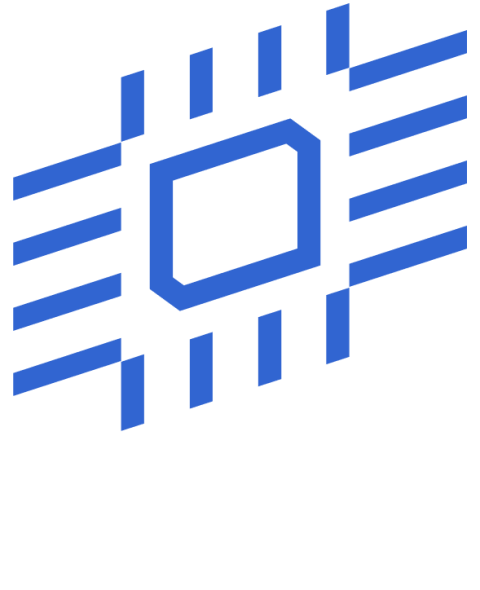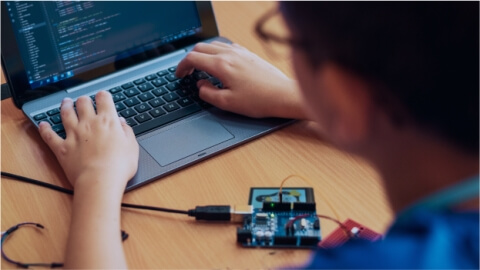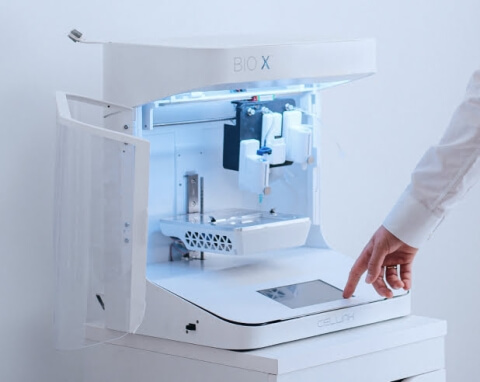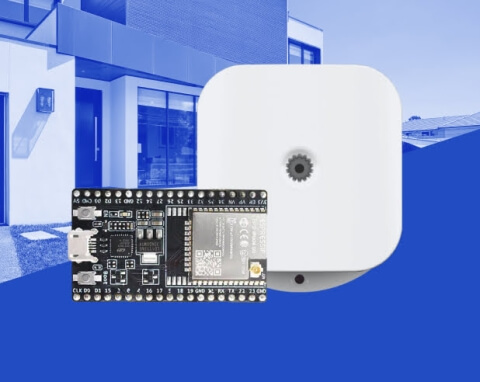EMBEDDED SERVICES YOU CAN CHOOSE
Leverage a full suite of embedded software development services to solve your tech and business challenges. Whether you want to create an embedded system from scratch or update an existing solution, we got you covered. Check out our comprehensive embedded engineering services below.

FPGA programming
Receive smooth performance and low-latency real-time processing for your solution with FPGA programming. Our team will cover selecting IP cores, system design optimization, System-on-a-Chip (SoC) software and DSP algorithms development, FPGA-based AI, and sensor fusion solutions engineering.

Hardware development
Have your embedded system prototype built by a team of experienced engineering experts. We will take on the electrical schematic and PCB design, mechanical engineering, major component selection, rapid prototyping, and compiling the BOM (bill on materials).
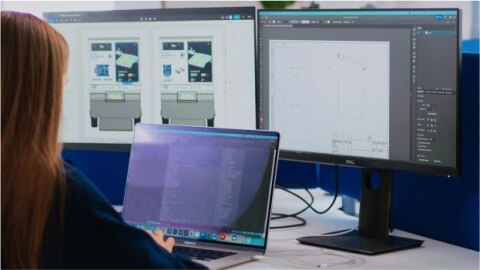
GUI development
Get a state-of-the-art embedded GUI for your embedded system. Our experts in developing embedded software will consult you on top frameworks like Qt, TouchGFX, and Crank AMETEK, assisting you in choosing the ideal solution for your customers’ needs and product specifications.
EMBEDDED SOFTWARE DEVELOPMENT PROCESS

Services & cooperation models






Why clients choose us
15 years of experience
Hire an embedded software company with over 15 years of strong track record across multiple products and industries. We'll meet all your hardware engineering and embedded software development needs to deliver a quality, secure, and highly functional product.
In-house hardware lab
Get your PCBs brought up and debugged by our experts in the in-house hardware lab. The lab equipment includes multiple professional test tools (oscilloscopes, testers, lab PSUs, soldering stations, and a microscope), single-board computers, widespread dev kits and evaluation boards, and an FDM 3D printer for mechanical prototype enclosures.
Skilled engineers
With a team of 120+ skilled embedded software developers, you will get embedded software engineering services tailored to your specific project needs. We are ready to take on challenges and tasks of any type and complexity to provide efficient engineering solutions.
High security & quality management standards
Ensure embedded security and quality during the development process that has been confirmed by ISO 9001:2015 and ISO 27001:2013 certifications. By partnering with us, you get a secure development process, from project planning to production, keeping your software IP rights and data safe.
360° service
Cover your embedded software development needs in one place, starting from the PoC phase that validates the product idea is feasible to a functional MVP ready for mass production. You will get a complete embedded development services team of mechanical, electrical, and firmware engineers, interface designers, web and mobile developers, and embedded software QA specialists.
Flexible cooperation models
Validate your product idea with our experts during a discovery workshop to scope your MVP and deliver a production-ready prototype with a complete suite of embedded software services. Or, let our embedded software development experts identify issues with your existing product with a tech consulting engagement model and implement suggested refinements.
Contact us
Get in touch with Pavlo to discuss your business needs and learn more about our embedded software development services.

With over 11 years of experience and more than 30 completed embedded projects, Pavlo is responsible for setting up and delivering top-notch embedded services to meet business needs and requirements of our clients.
FAQ
-
What embedded software development services can I request?
-
What cooperation models can I opt for development of embedded software?
-
How do you protect the IP of the embedded software solutions you develop for your clients?
-
How do you ensure delivery of my devices and evaluation boards to/from Ukraine?
-
Do you take on mass production for the devices you create?
